Growing Indoor Cannabis: Here's How You Can Control The Humidity
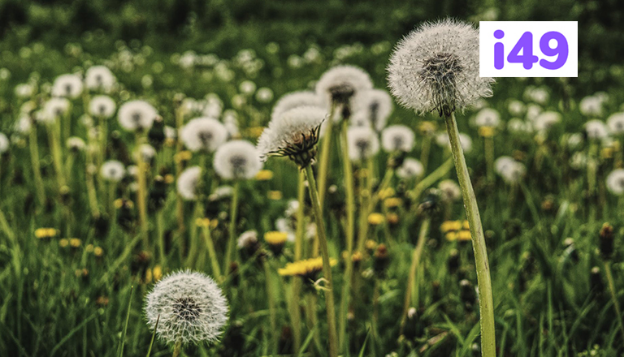
Howdy, buddy? I met a new cannabis grower recently. She told me about the struggles she is going through to ensure the perfect humidity in her indoor cannabis garden. While sharing all that I have learned through the years of cultivating cannabis, I thought of writing this article.
Generally, a marijuana plant loves moderate humidity levels while growing, but you need to take care to ensure proper humidity in each of the growth stages. In their initial stages, the marijuana plants love higher moisture content in the air, and the needs reduce when they mature. You can make some slight changes in the humidity levels in each stage to maximize the yield of your crop.
Before that, if you are wondering why humidity is such a crucial factor for marijuana plants and what exactly it is, read on.
Humidity
The amount of moisture or water particles in the air is humidity, and it is categorized into three types.
- Absolute Humidity: The actual amount of moisture present in a specific area.
- Specific Humidity: is the ratio of the water particles to dry air in a given area
- Relative Humidity: This is the actual amount of water particles in a given area compared to the maximum amount of moisture the air in the area can hold.
The relative humidity is taken into account while growing cannabis. You should also understand that temperature and humidity are connected. Increasing temperature increases the
In cannabis growth, as with any other plant, relative humidity is used. It is also worth noting that humidity and temperature are interrelated.
Importance Of Humidity For Cannabis Plants
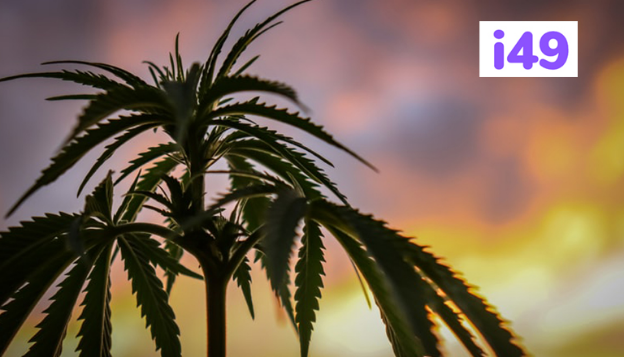
You need to understand the marijuana plants' respiration process to understand how humidity affects their growth.
The plant produces sugar during the process of photosynthesis. These sugars need to be converted to energy for the plant's growth, converting glucose to oxygen and energy. For this, the plant needs carbon dioxide from the environment.
The tiny pores of the leaves known as stomata absorb carbon dioxide. During this process, the plant loses water, and relative humidity decides how much water the marijuana plant will release into the air.
There can be two instances.
- High Relative Humidity, When The Air Has Enough Moisture:
The marijuana plant loses relatively less water and stays in its best health.
- Low Relative Humidity, When The Air Is Dry:
There is a lot of water loss from the plant, the plant closes its stomata to prevent water loss, and the respiration process gets affected.
Therefore, relative humidity, in turn, regulates the respiration process and water loss from the marijuana plant. So, an optimum relative humidity level is necessary for the plant to thrive and produce a good yield.
Factors Affecting Relative Humidity For Marijuana Plants
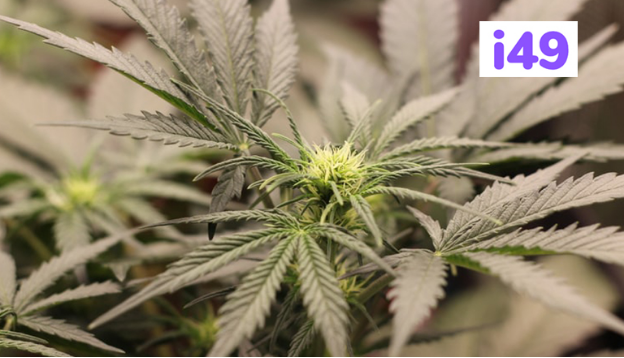
Three factors affect the relative humidity of a cannabis plant.
- Location
Colder areas have drier air. Therefore, growing marijuana in colder regions would mean that the relative humidity needs to be increased. Alternatively, tropical regions with a warm climate would need lesser control as the higher humidity will support the plants well.
- Genetics
Cannabis genetics play a role as some species have been designed to adapt to cold and dry areas while some are developed to thrive in warmer and humid areas.
Therefore, go through the requirements of the particular strain you are choosing while you buy your cannabis seeds.
Top online sites like i49 have detailed descriptions of what care the strain requires, so you can choose a high-quality strain with stabilized genetics that suits you with ease.
- Growing Stages
Each growth phase has specific requirements in terms of humidity levels as the plant goes through different metabolic reactions in each phase.
Now, let us understand the ideal relative humidity level for each of the cannabis plant growth phases.
Seedling Phase
When a cannabis seed sprouts, it needs the most humidity than any other stage of its growth cycle. This is the same for the clones or young cannabis cuttings.
This need is pertinent due to several reasons. The roots of a young cannabis plant are underdeveloped and have a low capacity to soak in water from the soil to hydrate the plant.
Higher humidity in the surrounding air - such as 60%-70% will help the seedling absorb water from its environment through the leaves. The young plant stays hydrated even if the root cannot absorb enough moisture from the soil.
Adequate ventilation can increase the moisture content if there is very low humidity. You need to use humidifiers to increase the moisture levels.
You need to often check the humidity levels of seedlings very precisely and provide enough water. Young plants can get dried pretty quickly.
Middle and Late Vegetative Phase
The root system of the cannabis plant grows pretty rapidly, which can help the plant with adequate hydration and boost its strength and growth.
When the plant moves to the latter half of the vegetative phase, the humidity levels can lower. This is because the root system and the leaves have grown stronger. It would do well in 45% to 85% humidity at this stage.
Early Flowering Phase
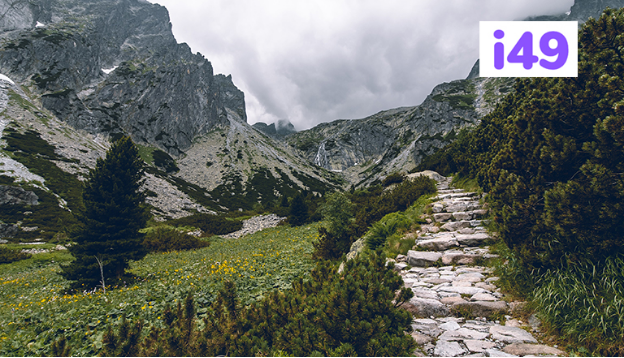
When the plant enters the flowering stage, you can lower the humidity to 40%-55%
If the humidity gets more than this, there is a chance of the plant getting infected by a fungus or a mold. The flowers are tightly packed, and thus lower humidity levels will ensure that the flowers are dry.
You can increase the ventilation in the growing area to decrease the relative humidity to a required level.
Late Flowering Phase
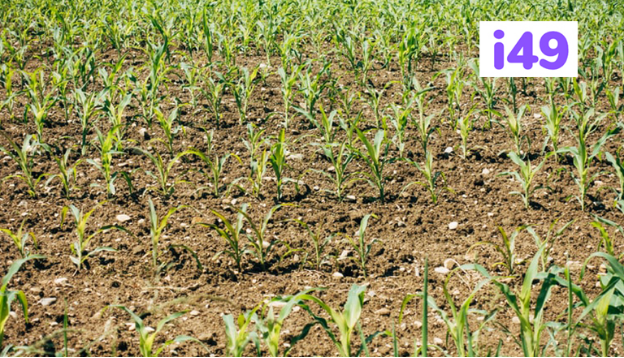
The cannabis plants need the lowest humidity level that all their growth stages in the late flowering stage. At this phase, the buds become dense and large.
Therefore you need to be doubly protective about the buds so that they don't become a breeding ground for the fungus and mold at this stage.
You can maximize the ventilation during this stage and keep the humidity levels to 25% to 40% for the perfect growing conditions. You can also water the plant during the dark phase to reduce the moisture content.
Decreasing the grow area temperature will also suit the plant. If you decrease the temperature and moisture at the lowest level, it will maximize the quality of your yield.
Equipment You Need To Ensure Correct Humidity Level
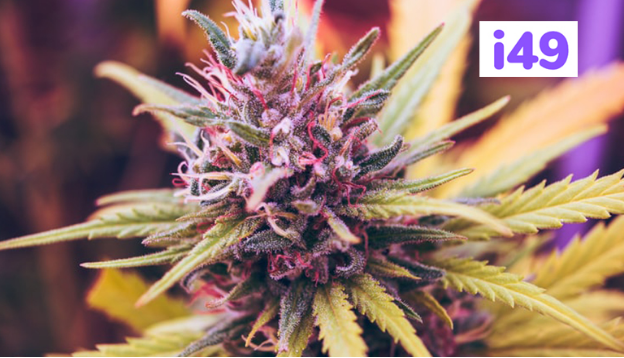
Hygrometers Or Humidity Meters
A simple humidity meter or a hygrometer will come in handy to monitor the humidity level in your grow room.
You can also get a humidity meter that monitors the temperature and CO2 levels in the growing area.
Humidifiers
You will probably need a humidifier only if you have a huge grow room. Otherwise, saturate fluffy towels with water to increase the moisture content in the room. For that, you will need to hang the wet towel on a hanger.
Automated humidifiers are useful for monitoring and adjusting the humidity. Large commercial cultivation uses automation to minimize labor and guesswork.
Dehumidifiers
If an increase in the ventilation and air circulation does not help reduce the moisture content of your grow room, you can invest in a grow room dehumidifier. However, they can be pretty expensive.
Final Thoughts
If you have not given much thought to the humidity levels, it is time that you do so. You will prevent your precious cannabis plants from infestations like powdery mildew or mold if you do so.
Your plants will also stay happy and give you the maximum yield if you provide them with the correct humidity levels they require in each stage. I hope I have described the importance of humidity in this article.
Here's wishing you grow amazing quality buds and enjoy the fruit of your labor. However, if you are growing for the first time, don't be scared to make mistakes, as that is how you will learn. Have a fun growing season.
- Industry
- Art
- Causes
- Crafts
- Dance
- Drinks
- Film
- Fitness
- Food
- Jeux
- Gardening
- Health
- Domicile
- Literature
- Music
- Networking
- Autre
- Party
- Religion
- Shopping
- Sports
- Theater
- Wellness
- News


